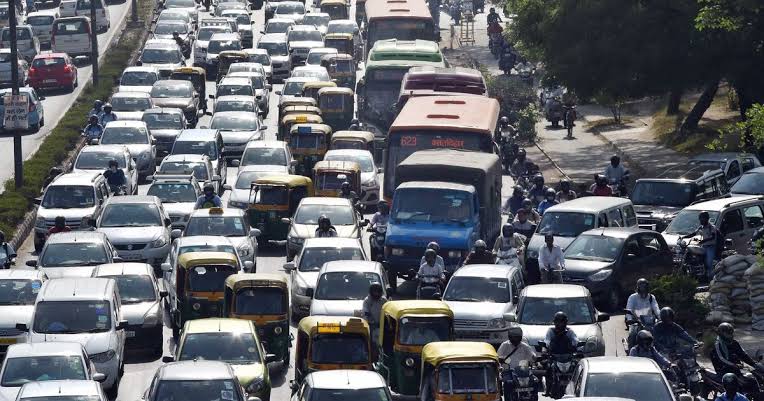Self-driving cars are a tantalizing prospect in India. It has the potential to change the way we live, make our roads safer, reduce congestion, and boost productivity, given that urban Indians spend 1.5 hours more per day in traffic than those in neighboring Asian countries.
To bring fully autonomous driving technology to the Indian automobile industry, brands and think tanks must also overcome some legislative and infrastructure barriers.
Levels of automation
Most vehicles on the road today are Level 0; they are standard vehicles with no automation features. There are 6 levels of automation.
Level 1: Some features, such as cruise control, lane and parking assistance, necessitate the driver to maintain complete control at all times.
Level 2: The vehicle can now perform more complex functions. The automated system has complete control over steering, braking, and acceleration.
Level 3: The car controls all aspects of driving, usually up to certain (low) speeds, and can navigate through stop-and-go traffic.
Level 4: The driver is free to do other things while the car transports you from your starting point to a pre-programmed destination. Certain ideal driving conditions are required.
Level 5: Vehicles are completely self-sufficient. There is no need for a driver at all. In fact, at this level vehicles may lack a steering wheel and gas/brake pedals.
Indian Startups
While Tesla is the market leader, Indian startups are not far behind in their research into developing self-driving vehicles for on-road and other commercial applications. Here are a few noteworthy examples:
1) Minus Zero- Founded in 2020 by Gagandeep Reehal and Gursimran Kalra, this claims to be the world’s first startup working on level 5 autonomy for unstructured Indian roads.
2) Flux Auto- This Bangalore-based startup is developing capabilities to transform India’s commercial mobility. They are developing autonomous driving for Indian highways, which are some of the most chaotic and unpredictable in the world.
3) Ati Motors is a Bangalore-based startup that has developed a material movement autonomy stack for industrial environments. Ati Motors’ Sherpa is the world’s only autonomous industrial vehicle in this class that can operate autonomously in both indoor and outdoor environments.
While being asked about driverless cars at a press conference Transport minister Nitin Gadkari said that driverless cars will not be permitted because the government will not promote any technology that threatens jobs. As of now, India has 40 lakh drivers and there is a shortage of 25 lakh drivers and we will not let the jobs of 1 crore people be snatched away.
Challenges
While companies around the world devote resources and research to driverless technology, India’s current use of the technology is limited to cruise control and the development of V2V systems. There are areas that give rise to significant barriers that impact efficacy and adoption.
Legislative
The Indian Motor Vehicles Act of 1988 makes no mention of autonomous driving. Despite the fact that a proposal to amend the act was circulated in 2018, the situation in India remains unchanged. As for now in India, the law does not allow for the testing of autonomous vehicles. The Act is needed to be updated to allow for trial licenses, safety guidelines, and so on.
Civic Sensibility
One of the leading causes of accidents in India is not following traffic rules. Driverless cars may face significant challenges due to their proclivity to violate traffic laws. A driverless car is unable to predict unusual driving behavior.


























 WhatsApp us
WhatsApp us
Pingback: visit the site
Pingback: official site